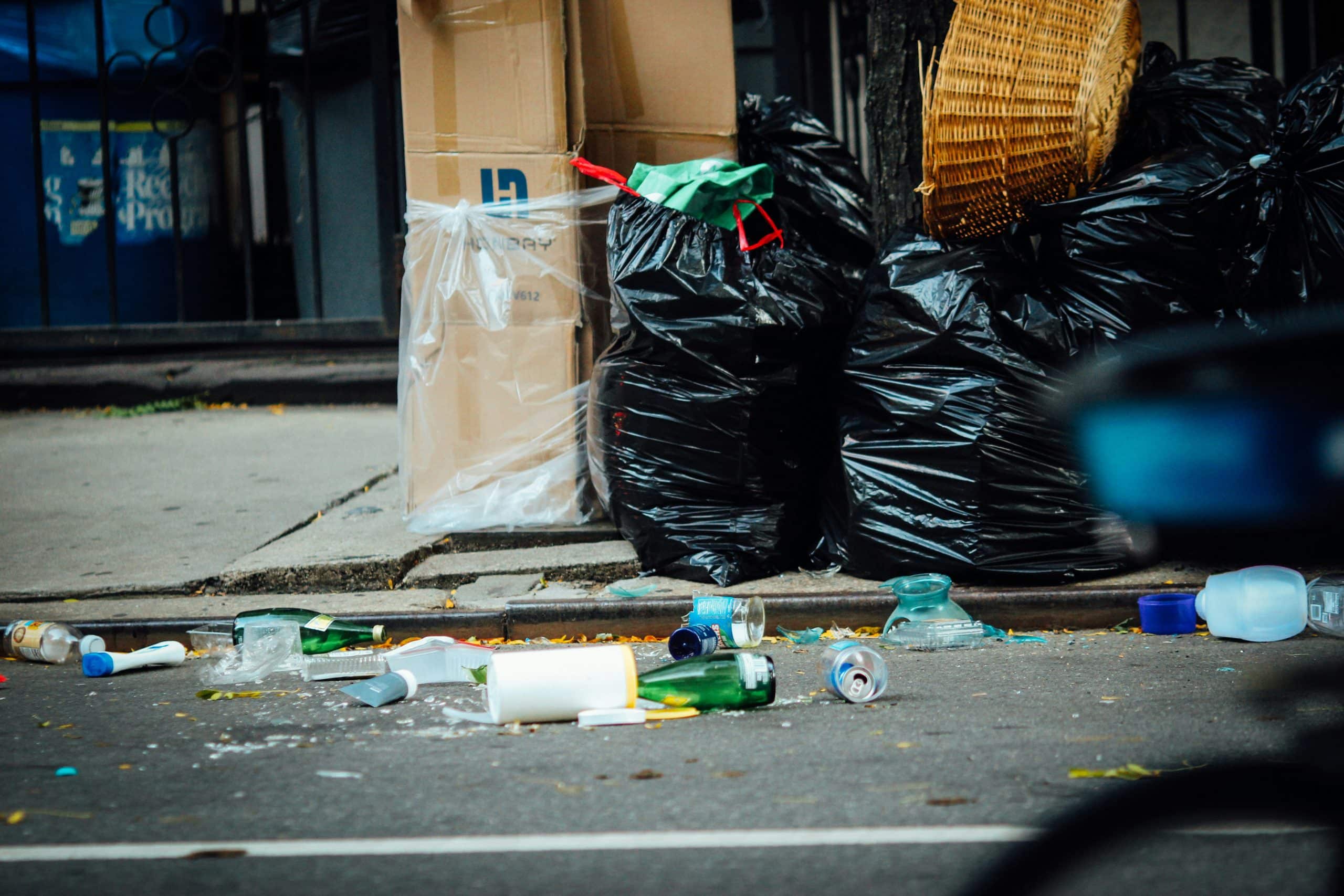Imagine bringing home a new furry family member, a sweet and adorable Pomeranian. As you eagerly anticipate the joy and excitement this little bundle of fur will bring into your life, you can't help but wonder: how many puppies can a Pomeranian have? In this article, we will uncover the average litter size for Pomeranians, so you can be prepared for what lies ahead in your new companion's journey. From tiny tea-cup size litters to larger broods, let's explore the world of Pomeranian puppies and the magic they bring.

This image is property of images.unsplash.com.
Factors Affecting Litter Size
Age of the Pomeranian
The age of the Pomeranian plays a significant role in determining the size of the litter. Younger Pomeranians, especially those under the age of two, tend to have smaller litters. As the dog matures, the litter size increases. The prime age for a Pomeranian to have larger litters is between two and five years old. However, as the dog gets older, the litter size may decrease again.
Genetics
Genetics is another crucial factor influencing litter size in Pomeranians. The genetics of both the male and female Pomeranian parents contribute to determining the size of the litter. Some Pomeranians may carry genes that predispose them to smaller litters, while others may have genes that result in larger litters. Breeding two Pomeranians with a history of producing large litters increases the likelihood of a larger litter size.
Health and Nutrition
The health and nutrition of the Pomeranian also play a vital role in litter size. A well-nourished and healthy Pomeranian is more likely to have a larger litter compared to one that is malnourished or has underlying health issues. Adequate nutrition, including a balanced diet and appropriate supplements, is crucial for ensuring the health and wellbeing of both the mother and her puppies.
Previous Litter Size
A Pomeranian's previous litter size can give some indication of the size of subsequent litters. If a Pomeranian has consistently had larger litters in the past, it is more likely to have larger litters in the future. However, it is essential to note that there can still be variations in litter size even if previous litters have been large.
Size of the Dam
The size of the dam, or the female Pomeranian, can influence litter size to some extent. Smaller Pomeranians tend to have smaller litters, while larger ones may have larger litters. However, it is important to remember that this is not always the case, as other factors, such as genetics and age, also come into play when determining litter size.
Breeding Techniques
The breeding techniques used can also affect litter size. Employing responsible breeding practices, such as ensuring adequate rest periods between litters, can help maximize the chances of larger litter sizes. Additionally, seeking assistance from a professional breeder can provide valuable guidance on optimizing breeding techniques to increase litter size.
Average Litter Size
Statistics and Research Findings
According to statistics and research findings, the average litter size for Pomeranians typically ranges from one to five puppies. However, it is not uncommon for some Pomeranians to have litters with more than five puppies, while others may have litters with only one or two puppies. These findings highlight the significant variations that can occur when it comes to litter size.
Variations in Litter Size
Several factors contribute to variations in litter size. As mentioned earlier, the age, genetics, health, and nutrition of the Pomeranian can all impact the litter size. Additionally, environmental factors, such as stress levels, can also play a role. It is essential to recognize and accept these variations, as there is no guaranteed method to ensure a specific litter size.
Risks and Considerations
Whelping Difficulties
Whelping difficulties, or difficulties during the birthing process, can pose risks to both the mother and the puppies. Pomeranians, being small-sized dogs, may sometimes face challenges while giving birth, especially if the litter size is relatively large. Breeding Pomeranians should closely monitor the whelping process and be prepared to seek veterinary assistance if needed.
Health Risks for Pomeranians
Breeding Pomeranians should also consider the potential health risks associated with pregnancy and childbirth. Pregnancy can place significant stress on the mother's body, and complications such as gestational diabetes and eclampsia can arise. It is crucial to provide proper prenatal care, regular check-ups, and a healthy diet to minimize these risks and ensure the overall health and well-being of the mother.
Breeder Responsibilities
As a responsible breeder, it is paramount to prioritize the health and welfare of both the mother and the puppies. This includes providing a safe and clean environment for the dam and her puppies, meeting their nutritional needs, and ensuring access to appropriate veterinary care. Additionally, breeders must thoroughly assess potential mates for their Pomeranians to minimize any potential health risks.
Breeding Tips
Pre-breeding Health Check-up
Before breeding a Pomeranian, it is crucial to take them for a pre-breeding health check-up. This ensures that the dog is in optimal health and free from any underlying conditions that could affect the breeding process or the overall litter size. A veterinarian can perform a thorough examination to confirm the dog's fitness for breeding.
Selecting the Right Mate
Choosing the right mate is vital when it comes to optimizing litter size. Consideration should be given to the genetic history and lineage of the potential mate. Selecting a mate with a history of producing larger litters can increase the chances of having a larger litter. Consulting with experienced breeders or a veterinarian can provide valuable insights and guidance in this selection process.
Monitoring the Dam during Pregnancy
Once the Pomeranian is confirmed pregnant, it is essential to closely monitor the dam's progress throughout the pregnancy. This includes regular veterinary check-ups, ensuring a balanced and nutritious diet, and providing appropriate exercise and rest. Monitoring the dam's health can help identify any potential issues early on and take necessary steps to address them promptly.
Preparing for Whelping
As the due date approaches, it is crucial to prepare for the whelping process. This involves creating a safe and comfortable birthing area for the dam, with clean bedding and easy access to food and water. It is also advisable to have a whelping kit ready, including items such as clean towels, heating pads, and gloves, to assist in the process if needed.
Postnatal Care for the Dam and Puppies
After the whelping process, providing adequate postnatal care for both the dam and puppies is vital. Ensuring the mother receives proper nutrition and rest, along with regular veterinary check-ups, will aid in her recovery. Additionally, closely monitoring the puppies' health and growth, ensuring they have appropriate nutrition and warmth, and providing any necessary veterinary care are essential for their wellbeing.
This image is property of images.unsplash.com.
Conclusion
Understanding the various factors that influence litter size in Pomeranians is essential for breeders and prospective owners alike. Factors such as age, genetics, health, nutrition, and breeding techniques all play a role in determining litter size. While the average litter size ranges from one to five puppies, there can be significant variations depending on individual circumstances. It is crucial to prioritize the health and welfare of the mother and her puppies throughout the breeding and whelping process. Responsible breeding practices, proper care, and attention to the needs of the dam and her puppies are vital for ensuring a successful and rewarding breeding experience.



